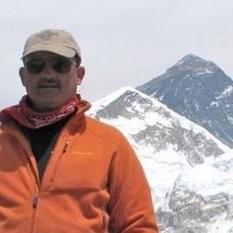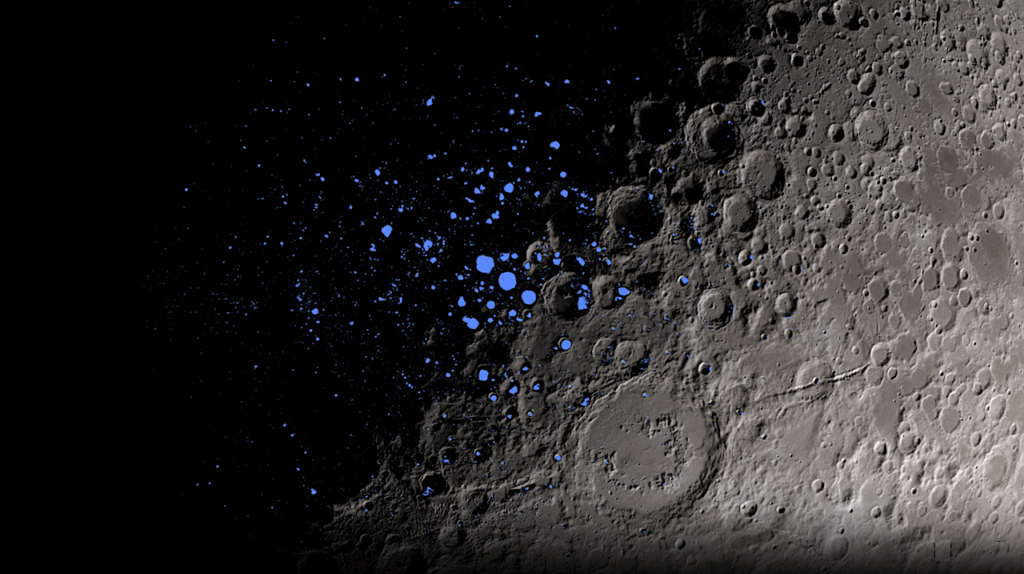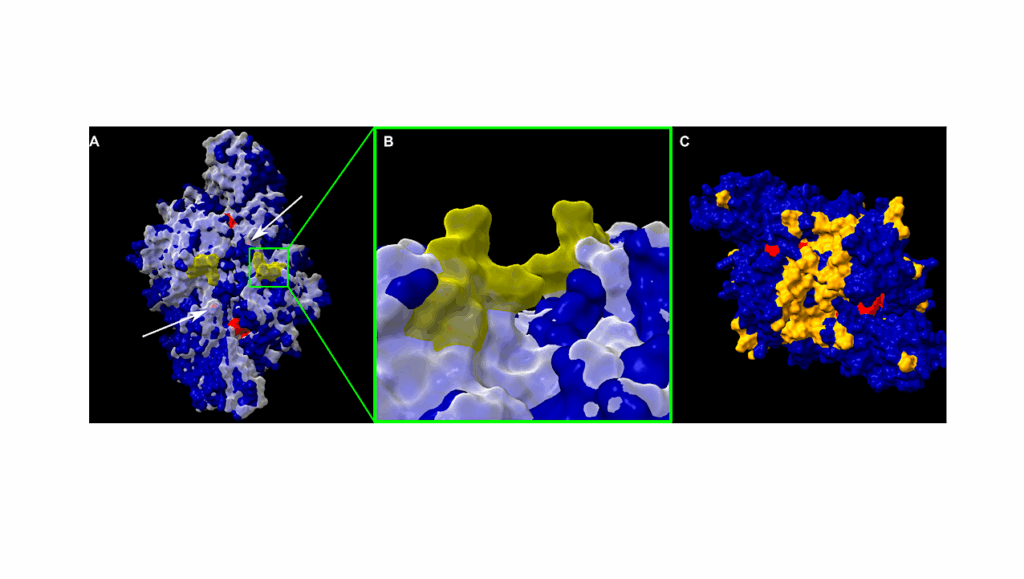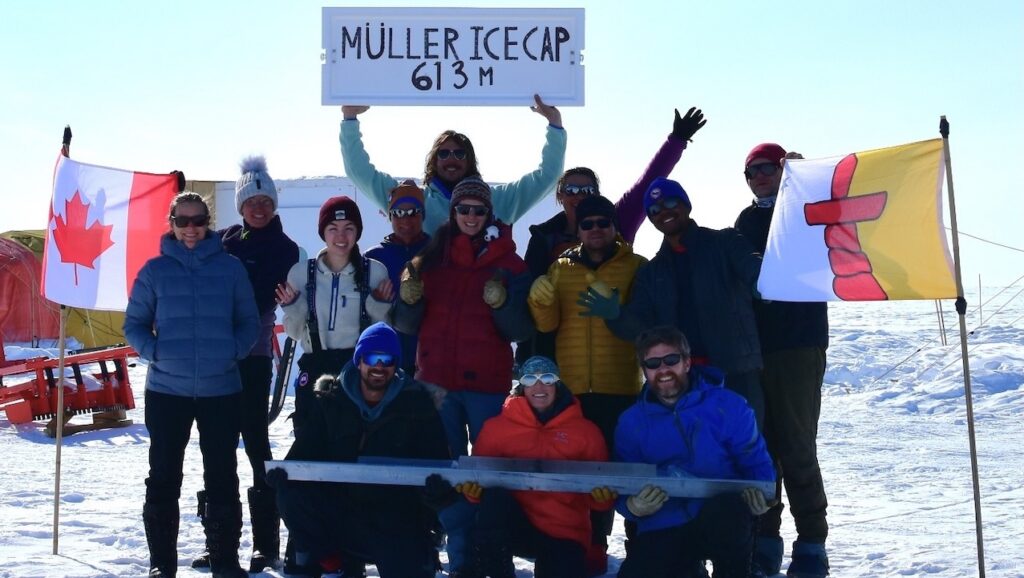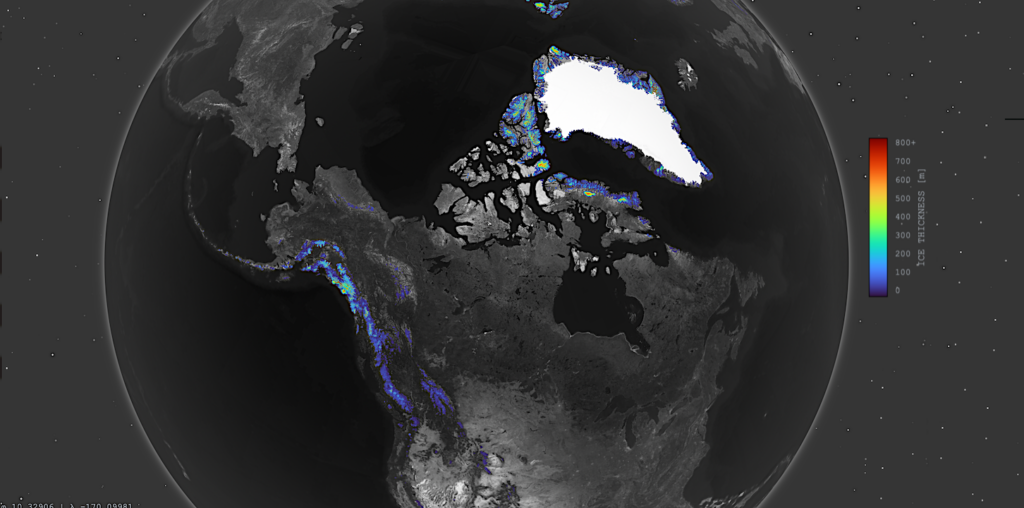Offworld Science: Studying The Main Component Of Our Water World In Microgravity

Astronaut Don Pettit: Science and Art, or Art and Science; related subjects where it really doesn’t matter which comes first. So I have access to a freezer kept at -95 degrees centigrade (-140 F). What would you do with such a freezer in space?
I decided to grow thin wafers of water ice for no more reason than I’m in space and I can. Plus I wanted to see how the freezing front behaves in 0g (without gravitational buoyancy, how does the freezing front push the tiny bubbles around).
Here is one frame from a whole series. I photographed the ice (second photo) between crossed polarizers where I used a white (blank) laptop display as the illuminator/polarizer in conjunction with an analyzer (polarizing filter) I strategically packed in my bag of personal effects.

Science, or should I say Nature, has a way of presenting surprising beauty if one is willing to look.
Science and Art, or Art and Science; related subjects where it really doesn’t matter which comes first. So I have access to a freezer kept at -95 degrees centigrade (-140 F). What would you do with such a freezer in space?
I decided to grow thin wafers of water ice for no more reason than I’m in space and I can. Plus I wanted to see how the freezing front behaves in 0g (without gravitational buoyancy, how does the freezing front push the tiny bubbles around). Here is one frame from a whole series. I photographed the ice (second photo) between crossed polarizers where I used a white (blank) laptop display as the illuminator/polarizer in conjunction with an analyzer (polarizing filter) I strategically packed in my bag of personal effects.
Science, or should I say Nature, has a way of presenting surprising beauty if one is willing to look.
Source: @Astro_pettit on Instagram
Astrobiology, Astrochemistry, Microgravity,

